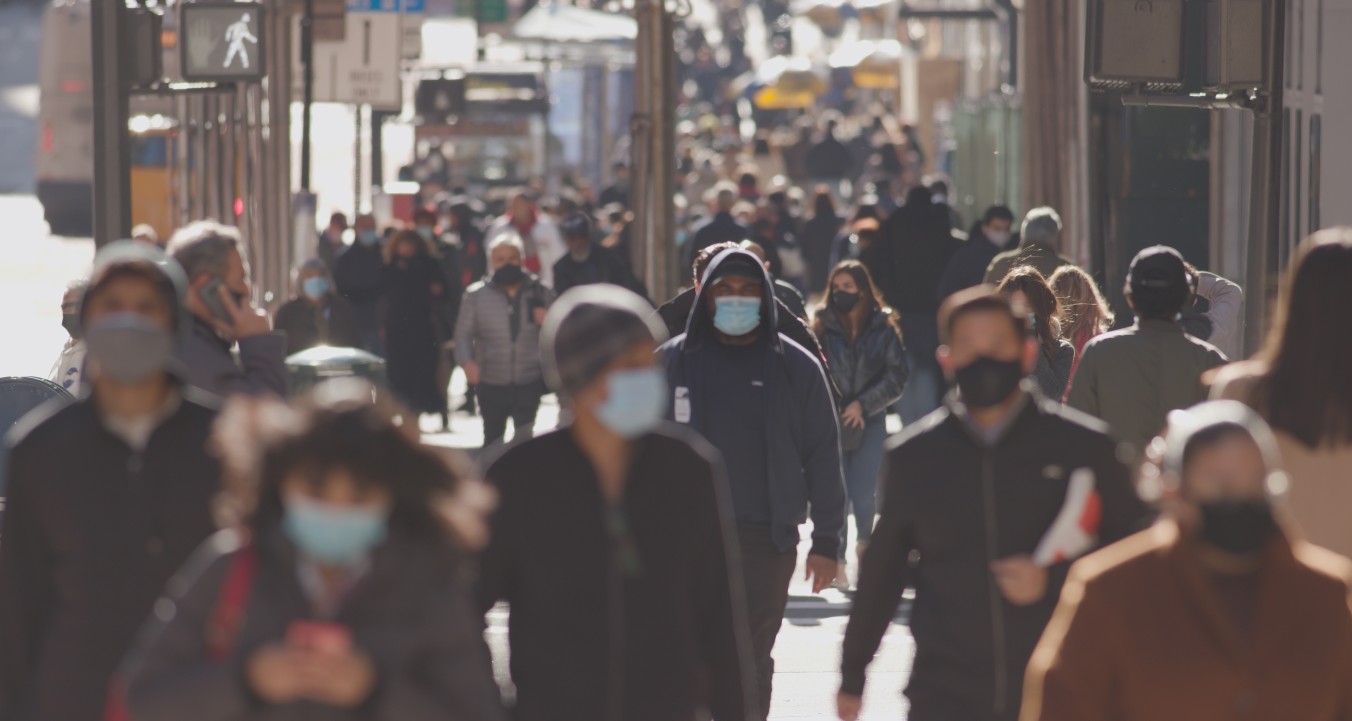Youngest and oldest Americans suffered most financially in the pandemic

The pandemic exacted the most severe financial devastation on the fringes of American society—the youngest and the oldest. Those age groups also continue to suffer the after-effects as they seek to recover financially in the wake of the shock waves of the virus.
Those in the middle age groups were less affected, particularly baby boomers who fared far better than other groups in coping financially with the outfall of the virus.
Read More »The survey comes at a time when bills racked up during the holidays start to come due, New Year resolutions start to fade away, and harsh financial reality starts to hit home.
Drained savings
The survey found that the generations that were most likely to have drained their emergency savings due to the pandemic were:
• Gen Z—those under the age of 24—seven out of every 10 (72%).
• Millennials—those aged 25 to 39—half (51%).
• Gen X—those aged 40 to 54—just under half (45%).
• Baby boomers—those aged 55 to 74—three in every 10 (29%).
• Silent Generation—those aged 75 and over—six out of every 10 (61%).
Credit card debt
The survey also found that those who took on more credit card debt than they would otherwise have done were it not for the pandemic were:
• Gen Z (under 24)—seven out of 10 (69%), many of whom stopped making credit card payments altogether.
• Millennials (25 to 39)—almost half (46%)
• Gen X (40 to 54)— a little more than four in 10 (44%)
• Baby boomers (55 to 74)— two in 10 (23%)
• The Silent Generation (aged more than 75)—fewer than two in 10 (16%).
The survey also found that The Silent Generation might be slipping into more and more credit card debt, with one in every three reporting that they owe more than $30,000 in debt. Indeed, almost 5 percent of those aged over 75 are suffering under as much as $50,000 in debt, according to the survey.
Stopped paying credit cards
Young Americans also were most likely to have stopped paying their credit cards at some time during the pandemic. More than half of those under age 24 who were surveyed admitted that they have been unable to keep up with their credit card bills. The repercussions of doing so are causing them to slip even further behind.
In contrast, only fewer than two in every 10 baby boomers were unable to keep paying their credit card debt and a little more than two in 10 of Gen Xers—those aged 40 to 54—found themselves in that position.
At the other end of the age scale, those aged more than 75 also might be slipping silently into credit card debt, the survey found. More than four in 10 are faced with carrying credit card debt every month.
Were already behind
Even before the pandemic hit the youngest adults in America were already falling further behind in their finances, says Howard Dvorkin, who is chairman of Debt.com. In addition, burdens such as student loan debt are adding to their load, forcing them to delay their goals in life.
Not only are they left with less in savings, but a significant number of Gen Z respondents reported that they lost income during the pandemic. Those factors combined caused them to take on more credit card debt as a result of the pandemic, he adds.
Varied by location
Differences in financial hardship were found not only in age, but also in location, the survey found.
The younger generations as well as those in the West and Northeast of the country took on more credit card debt, says Monica Escaleras, director of the Florida Atlantic University Business and Economic Polling Initiative. In addition, people living in those areas also reported that they lost a greater percentage of income as a result of COVID-19 when compared with those who live in the South and Midwest.
Midwesterners also appeared to have fared better than those in the West and Northeast on almost every count, the survey found. They were less likely to have suffered loss of income. They were less likely to have taken on additional credit card debt. They were less likely to have stopped making payments on their debt. They also were less likely to have withdrawn money from their savings accounts.
Devastation is uneven
In the same way that COVID-19 has spread unevenly across the country, the financial devastation also has been uneven, says Dvorkin.
Overall statistics on the price that the country has paid as a result of the pandemic tell us a lot, but they do not tell the whole story, he adds.





